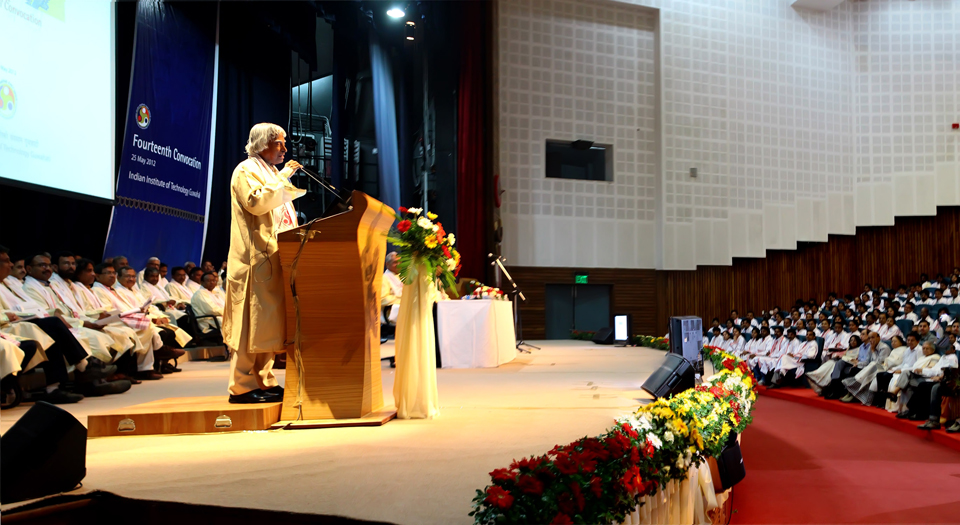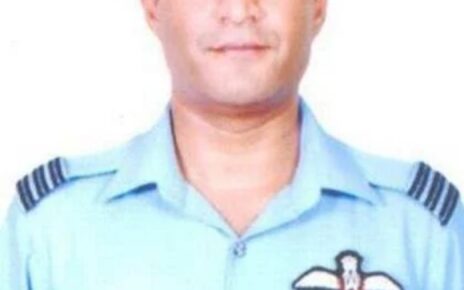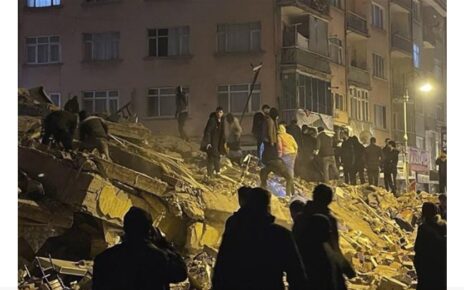“All of us do not have equal talent. But, all of us have an equal opportunity to develop our talents.”
Modern Indian history would be incomplete without mentioning Missile Man of India Dr APJ Abdul Kalam. From being the people’s President to spearheading the development of India’s various significant missiles, the late president contributed to nation’s growth in different spheres. As an aerospace scientist, Kalam worked with India’s two major space research organisations – Defence Research and Development Organisation (DRDO) and Indian Space Research Organisation (ISRO).
His work in the development of indigenous guided missiles – AGNI and PRITHVI – earned him the title of the ‘Missile Man of India’, he has many more achievements. Here are some facts from his life:

- His full name was Avul Pakir Jainulabdeen Abdul Kalam and he was born on October 15, 1931, at Rameswaram in Tamil Nadu.
- His father was a boat owner and an imam at the local mosque. Even though his ancestors were wealthy but due to business failures, the family fortunes was lost and Missile Man Kalam had to odd jobs. There was a time when he had to sell newspapers from door to door to support his family and education.
- He had missed an opportunity to become a fighter pilot for the Indian Air Force. There were only eight openings and he was 9th on the list.
- He was honoured with doctorates from 40 universities.
- He was loved not only in India, but all over the world. When he visited Switzerland in 2005, the country declared May 26 as the Science Day in honour of President Abdul Kalam.
- Serving as the Chief Scientific Adviser to the then Prime Minister, Missile Man Kalam played a major role in heading the Pokhran-II nuclear testing leading to him being known as the best nuclear scientist of the country at that time. The nuclear testing under the supervision of Kalam during the period of July 1992 to December 1999 made India a nuclear-armed state.
- Working jointly with cardiologist Soma Raju, the late President developed a cost-effective coronary stent ‘Kalam-Raju Stent’ which helped in making healthcare accessible to all.
- The duo of Kalam and Soma Raju later in 2012 designed a rugged tablet computer for better health care administration in the rural pockets of the country. They termed it the ‘Kalam-Raju tablet.’
- In 1997, he received the Bharat Ratna, the highest civilian award in India. He is a recipient of several other awards including Padma Bhushan (1981) and the Padma Vibhushan (1990). In 2002, Dr Kalam became the 11th President of India.
- Missile Man of India Kalam breathed his last on July 27, 2015, while delivering a lecture at the Indian Institute of Management (IIM) Shillong when he collapsed and died from a cardiac arrest.




